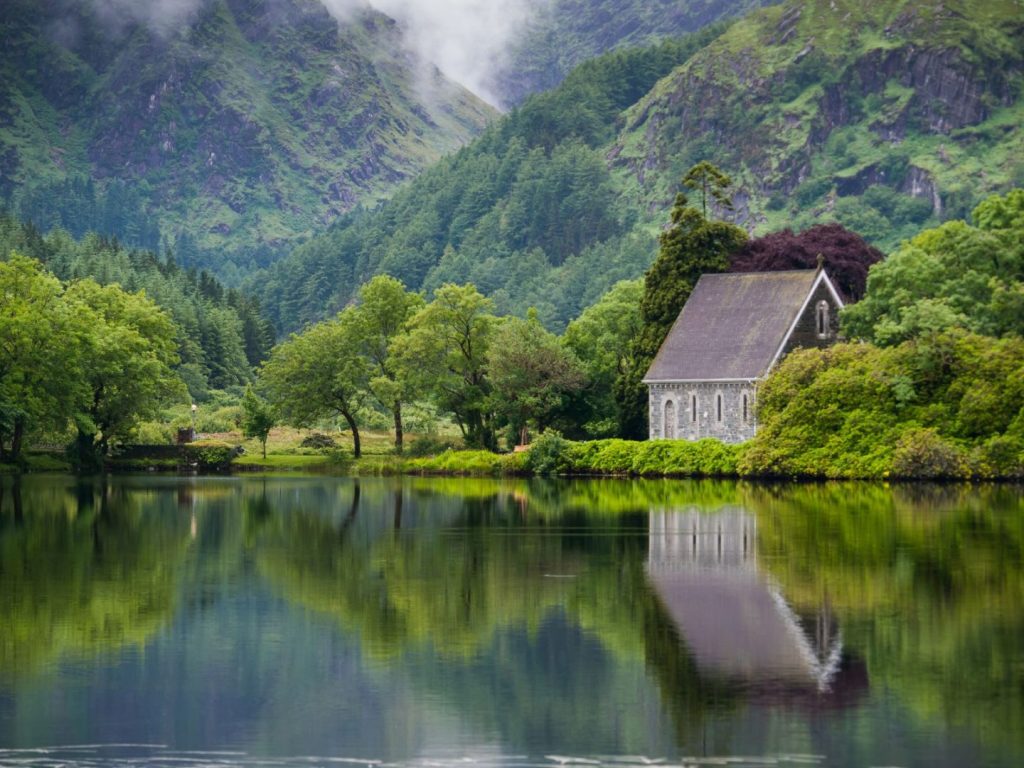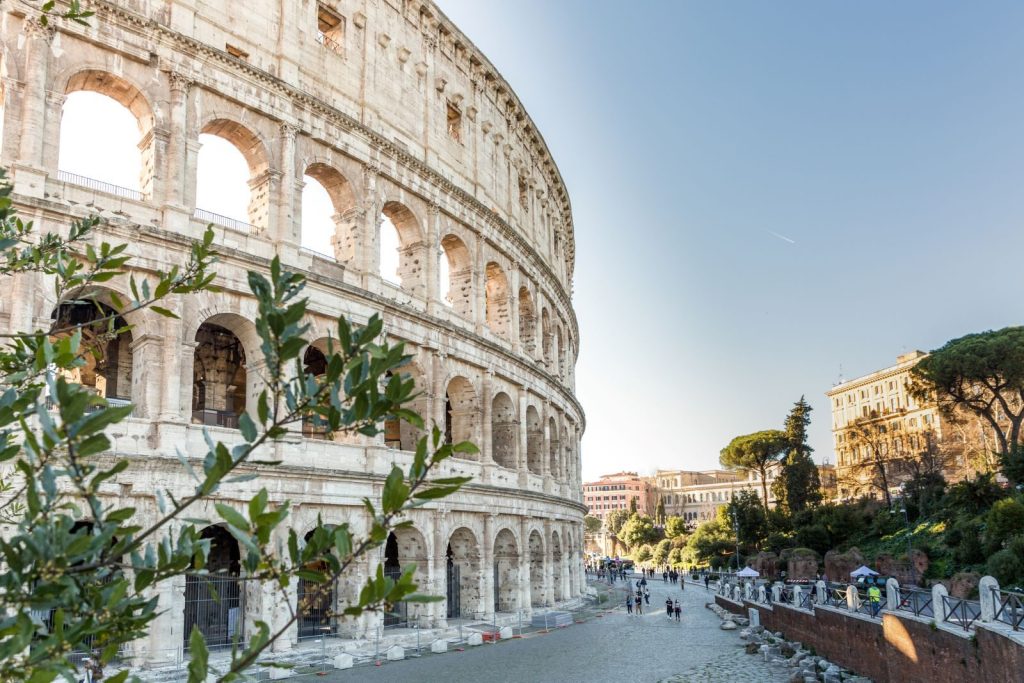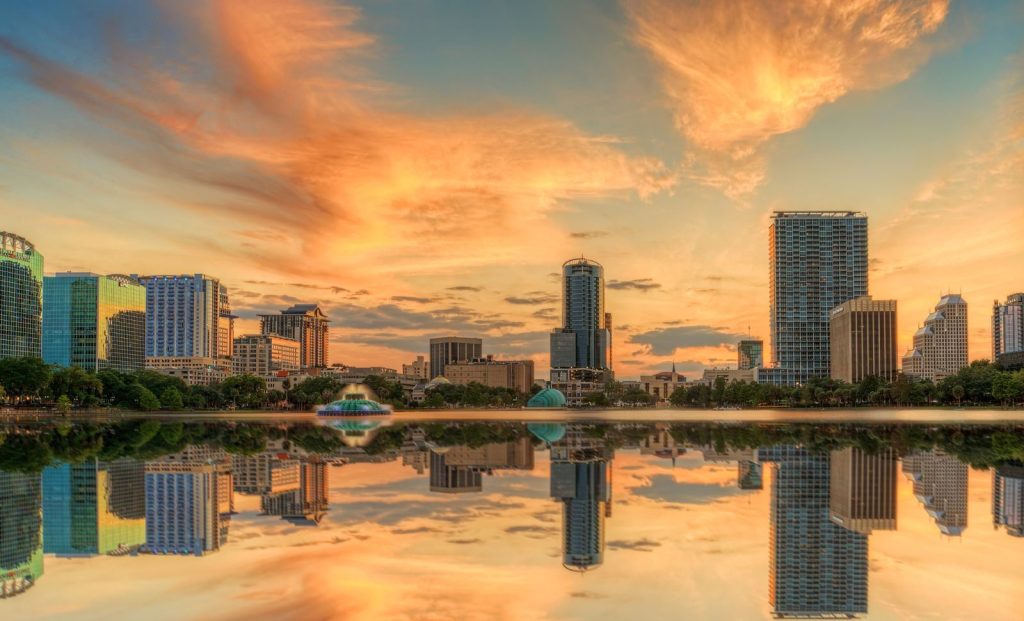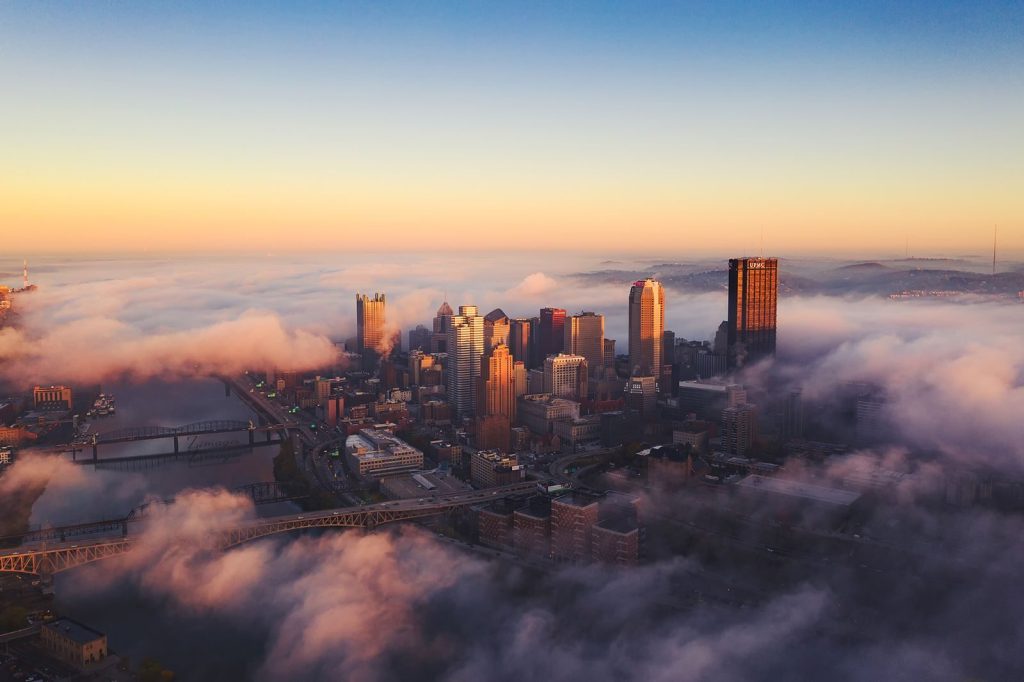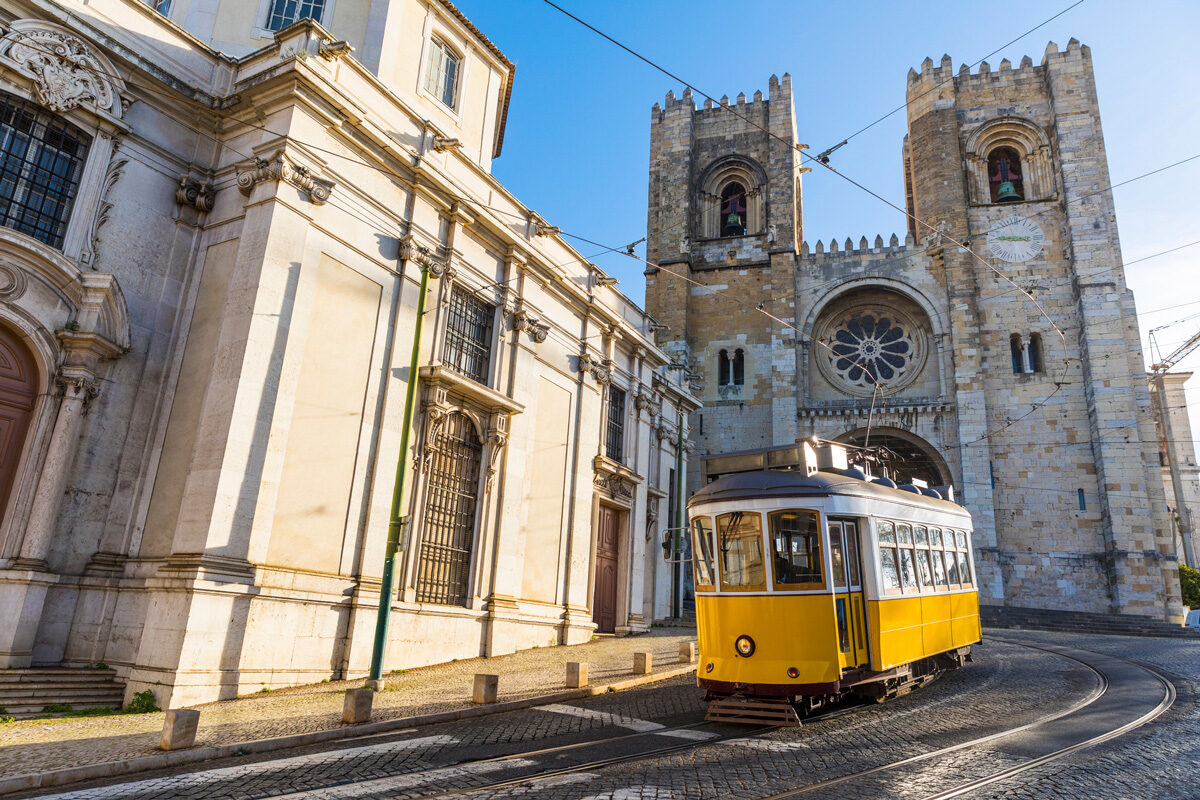
Lisbon city guide: How to spend 48 hours in the Portuguese capital
Lisbon’s seemingly unstoppable wave of new hotels, restaurants, and museums opening between the rambling old quarters and the waterfront makes it the ideal place for a getaway.
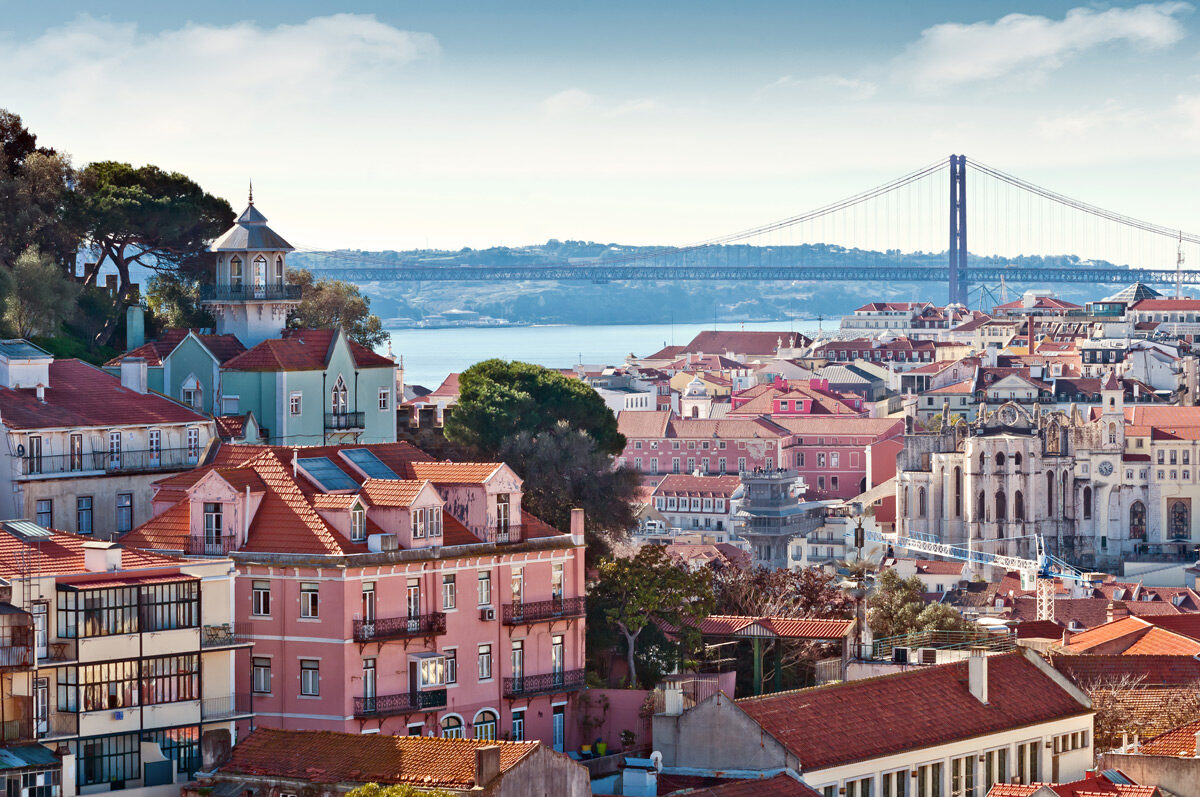
Getting there
The Airobus runs from Lisbon Portela Airport to the city centre every 20 minutes. It takes 30 minutes and costs €3.50 each way. Taxis take around 20 minutes to the centre and cost from €12.
Get your bearings
Easy to explore in a day or two, Lisbon’s historic centre is fairly compact for a capital city. After an earthquake in 1755 destroyed much of the medieval centre, a new grid-like pattern was created – a navigational gift to a visitor.
Baixa, or the lower town, sits in the centre with the broad Praça do Rossio square at the centre, fed by the vast street of the palm-lined Avenida da Liberdade to the north and the pedestrianised Rua Augusto heading south to more grand waterfront-facing squares. To go anywhere else, you’ll have to tackle Lisbon’s infamous seven hills. The stone pavements are walkable but can be uneven and slippery – take shoes with grip to help you climb.
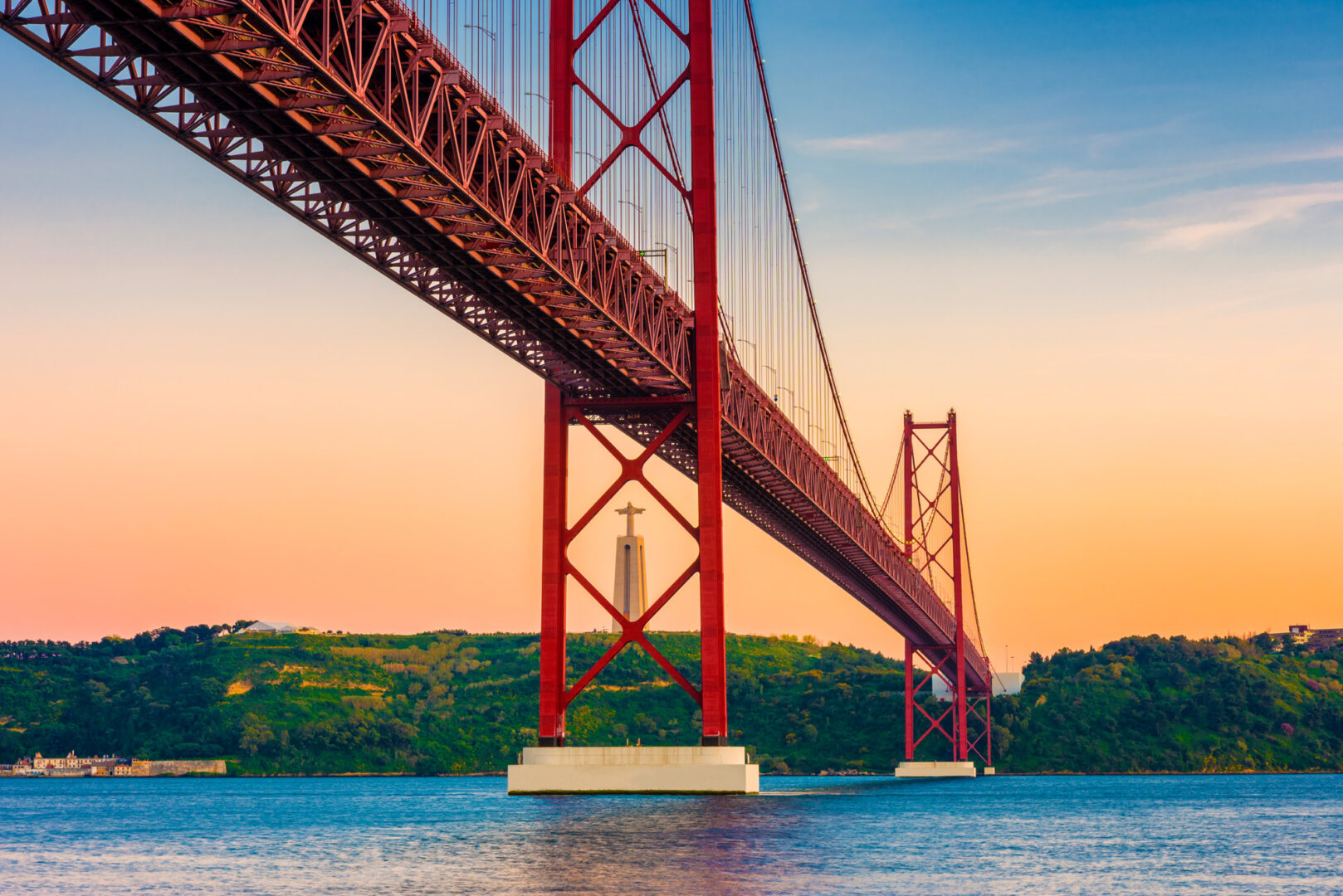
Take a view
Lisbon’s trademark seven hills are spread across the cityscape. The hills are capped by a collection of terraces known as miradouros (viewpoints) presenting some must-see views over the city. Lisbon’s only castle is perched on the highest hill in Alfama, the city’s oldest district. The castle is open to visitors so you can head on up and look out over the city.
Miradouro da Senhora do Monte has the biggest and best view over the city’s rooftops to the castle and out towards the Tagus River. You can see the Santa Justa Lift, Christ the King Statue, and the 25 de Abril Bridge, which looks remarkably like San Francisco’s Golden Gate Bridge. Being the highest viewpoint you’ll need to climb the highest hill to get to it. Or you could take tram 28 which stops on nearby Rua da Graça. If you don’t fancy the climb, head to the 25 de Abril bridge where you’ll get stunning views of the city and Christ the King Statue.
Go window shopping
The Feira de Ladra (flea market) fills the Campo de Santa Clara on Saturdays and Tuesdays. Stalls range from bric-a-brac and antiques to South American-style clothing and CDs. You can also find some quirky items that would definitely need a bigger suitcase – like a row of 1930s cinema seats and sets of art deco lights. It’s open 8am-6pm.
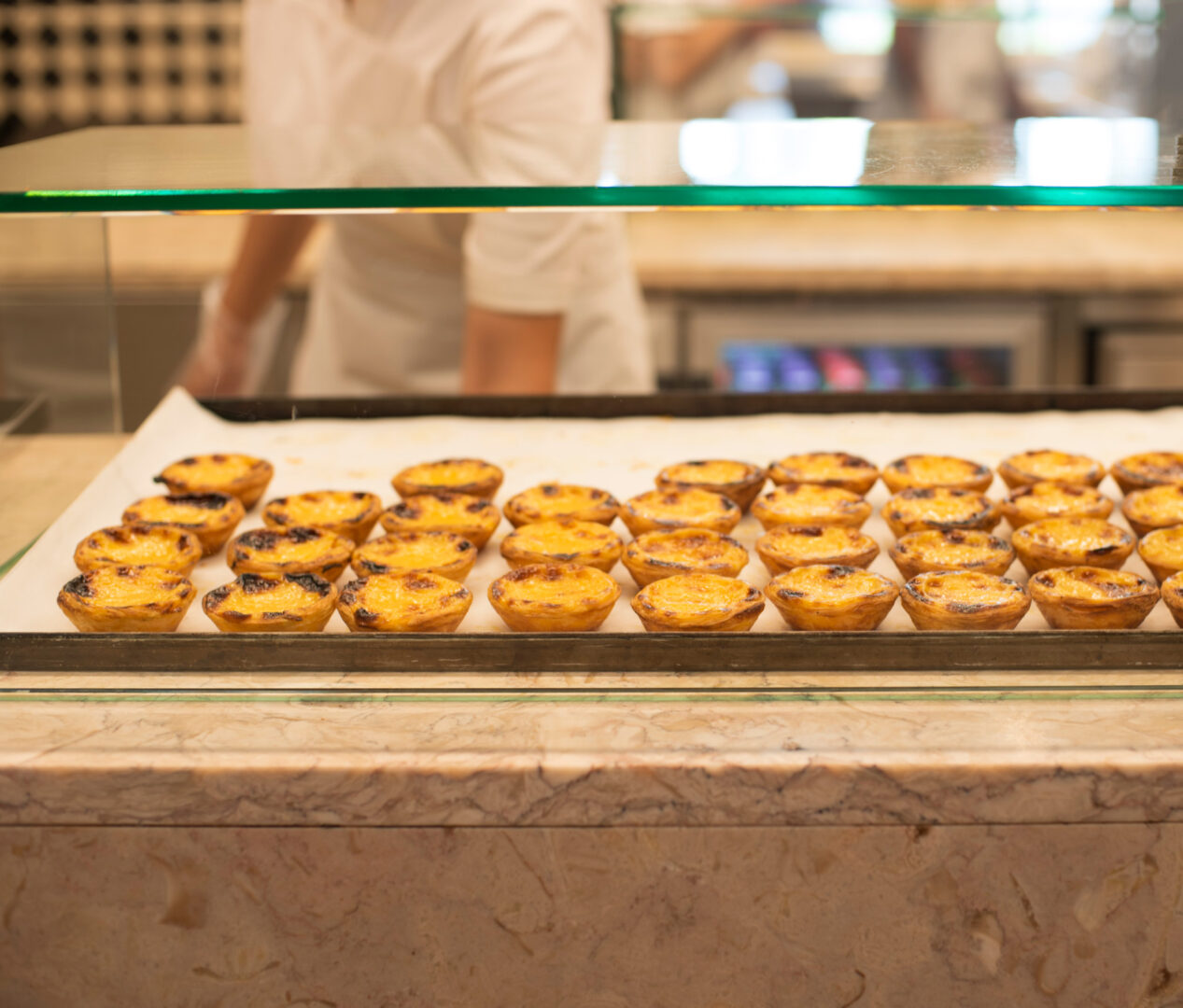
Try the world’s best custard tarts
The custard tarts at Pasteis de Belém are world-famous and that’s why queues for the sweet, rich, perfectly crisp treats often stretch along the pavement. Only four men know the secret recipe, and it’s never been written down. These men, like royal sibling heirs, never travel in the same vehicle together just in case there’s an accident.
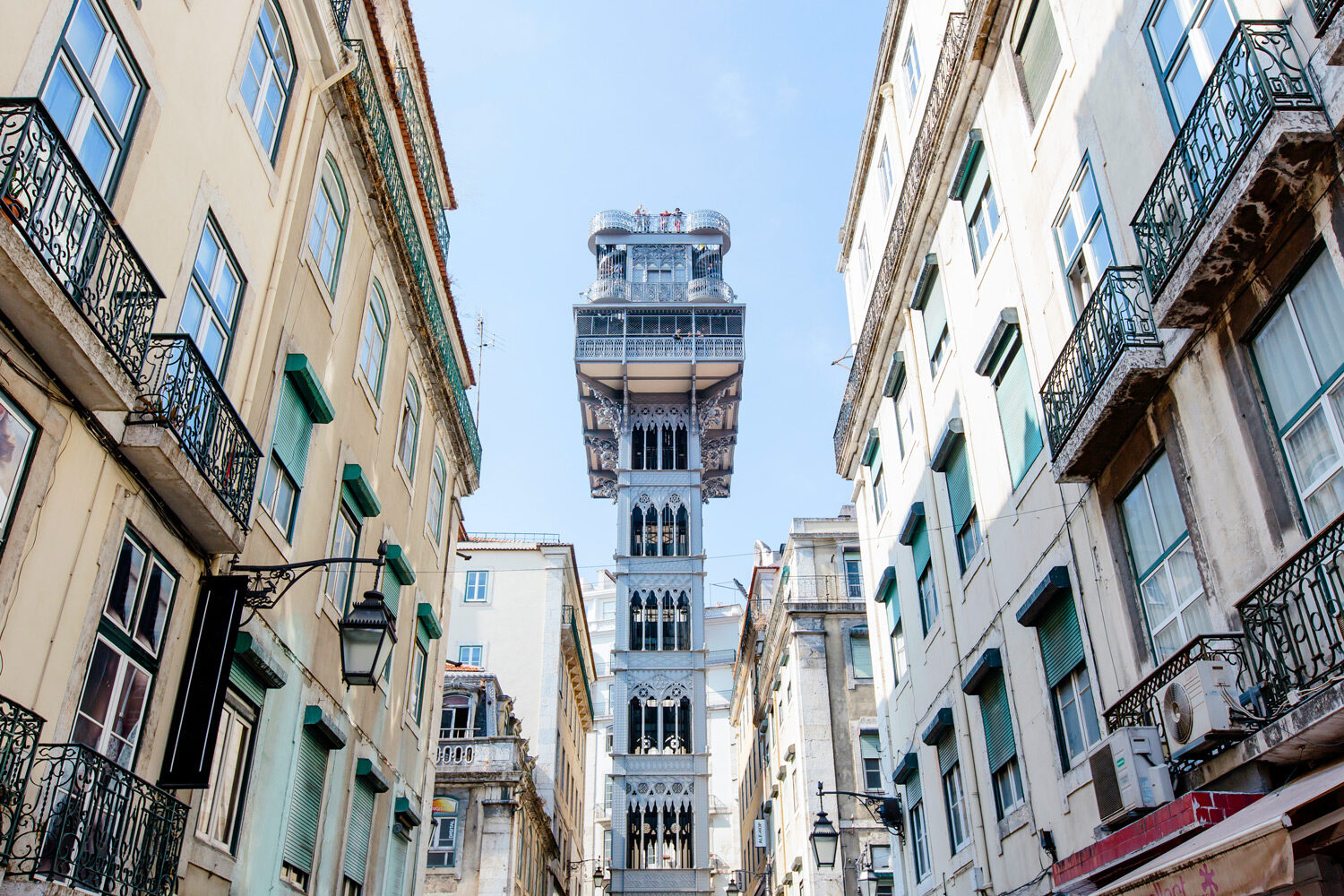
Take a ride on the Elevador de Santa Justa
The Elevador de Santa Justa was built by Raoul Mésnier du Ponsard who was Gustave Eiffel’s apprentice. It seems Eiffel’s work had a big impact on his apprentice, as the structures are very similar in design. Originally built as a way to connect areas of the city, it is now used mainly by visitors that want to experience ‘old Lisbon’.
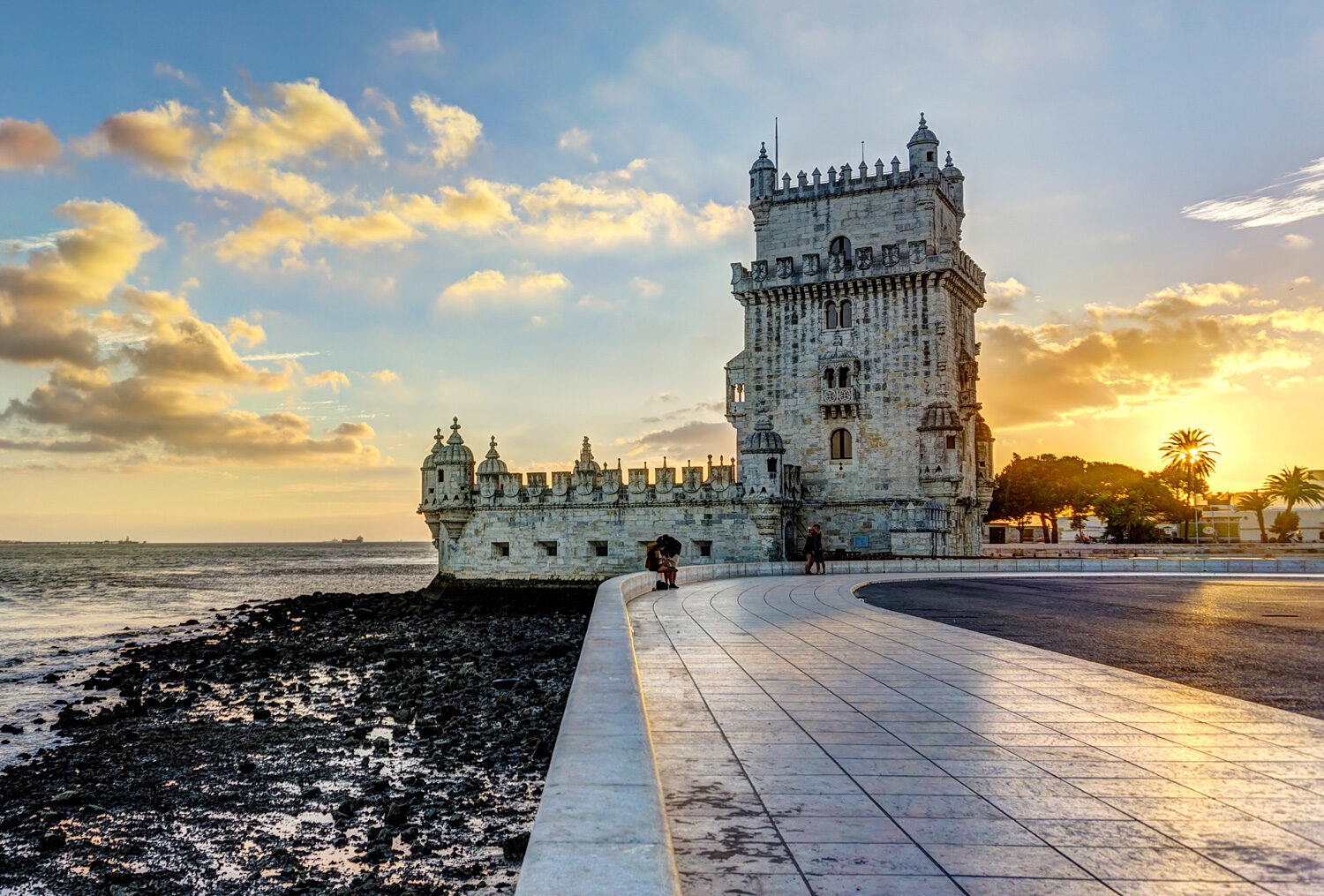
Visit Torre de Belém
This year, Lisbon’s UNESCO World Heritage Site, Belém is 500 years old. Construction started in 1515 and finished in 1519. At the grand old age of 500 Belem is still going strong. My top tip is to visit early in the day – queues build up rather quickly to over an hour wait.
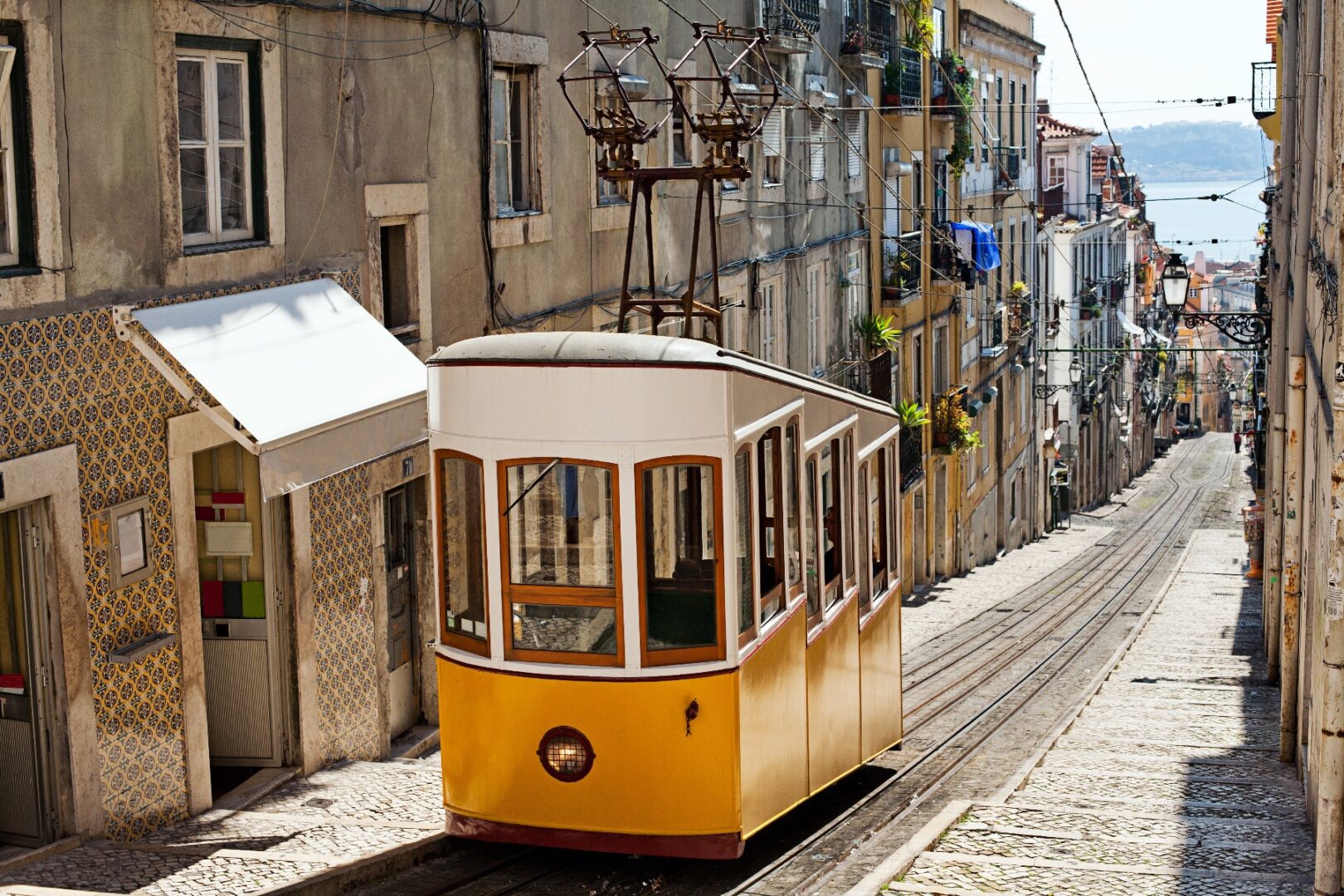
Ride The Famous Trams
Why not head off on one of Lisbon’s iconic trams – they rattle their way across the city and it’s a perfect thing to do when your feet get tired! My top tip is to take the tram up some of Lisbon’s more hilly districts… especially on a sunny day.
Read next: The 7 most Instagrammable spots in Lisbon.

